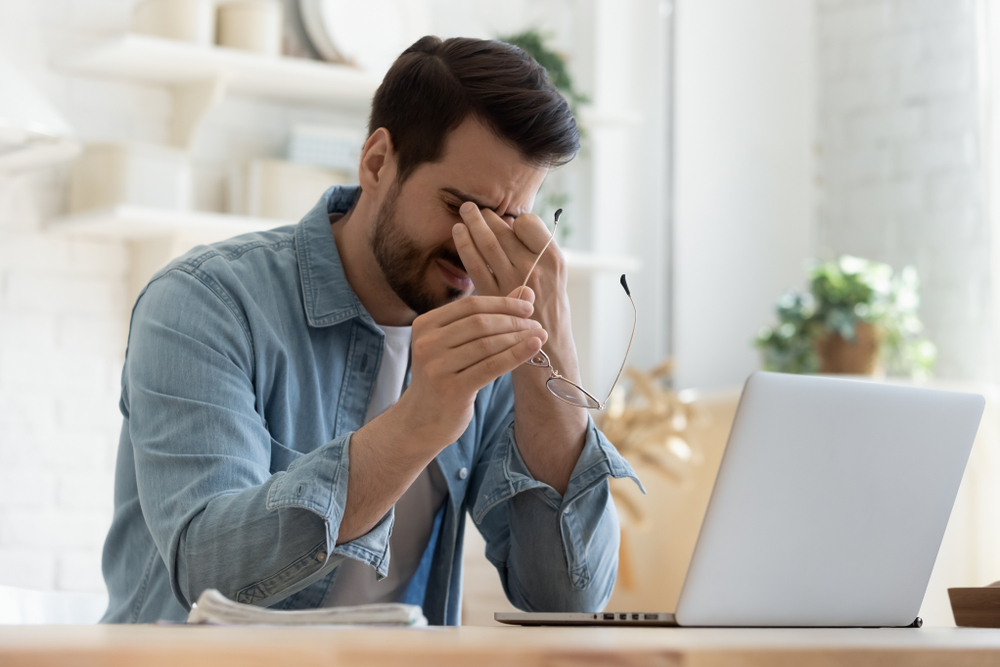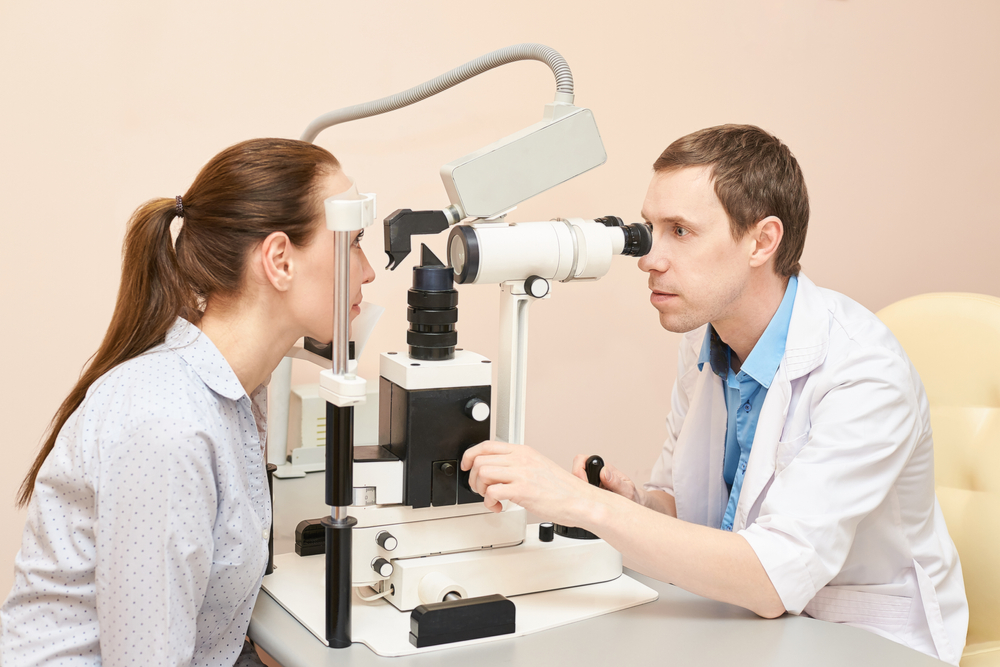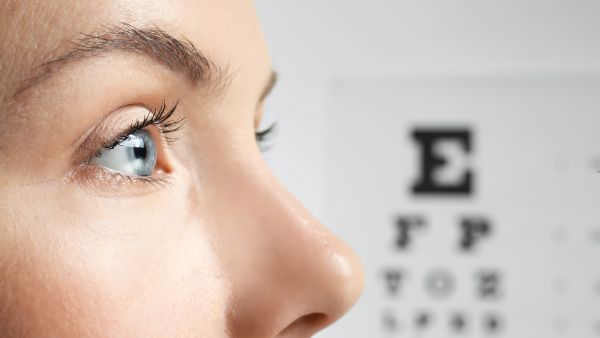ALBAWABA - It turns out 70% of people worldwide who require medical glasses are unable to access them, according to Vismita Gupta Smith in a broadcast by the World Health Organization (WHO).
Dr. Stuart Keel, a vision correction expert at the WHO, joined the discussion to shed light on the main causes of blindness globally, who are most vulnerable, and how to protect our eyesight.
Dr. Keel identified cataracts as one of the leading causes of blindness. Over time, the lens inside the eye becomes opaque, resulting in increasingly blurred vision.
Refractive error was pointed out as the second main cause, including nearsightedness (difficulty seeing far away) and farsightedness (difficulty seeing up close). This occurs due to an abnormal shape or length of the eyeball, causing incorrect focusing of light on the retina.

Shutterstock
Other major causes of blindness stem from damage to the back of the eye. Glaucoma, characterized by gradual damage to the optic nerve, can lead to peripheral vision distortion and, in severe cases, impact central vision. Age-related macular degeneration affects the cells in the center of the retina, resulting in central vision problems, distorted color vision, and other complications.
Older individuals are more susceptible to cataracts, glaucoma, and age-related macular degeneration, with approximately 80% of vision loss occurring in people aged 50 and over.
Family history also plays a role, especially if parents have eye diseases such as glaucoma, refractive errors, nearsightedness, or farsightedness. Lifestyle factors such as smoking and other health conditions can increase the risk of developing cataracts and macular degeneration.

Shutterstock
The good news is that most cases affecting eyesight caused by these diseases can be prevented through early detection and treatment. Regular eye examinations are crucial, with a recommended frequency of at least once every two years.
To protect eyesight, Dr. Keel advised limiting exposure to ultraviolet rays by wearing sunglasses and a wide-brimmed hat when outside.
Eye protection, such as goggles, is essential when using chemicals or tools. Taking breaks from close work, such as using screens or reading, is advised to prevent dry eyes and fatigue. Dr. Keel recommended the simple 20-20-20 rule, suggesting that every 20 minutes, individuals should focus on something at least 20 feet away for 20 seconds.
The WHO has also introduced a new application called WHOEyes. This app enables smart device or computer users to test their near and far vision and obtain valuable information on how to protect their eyes.









